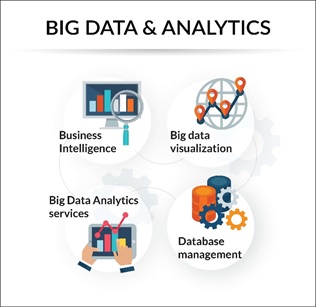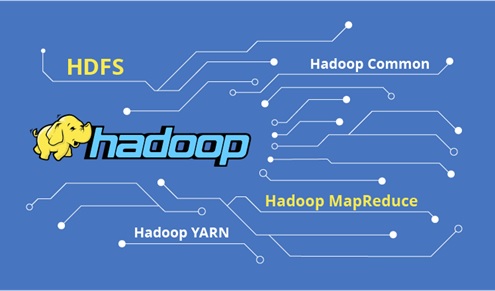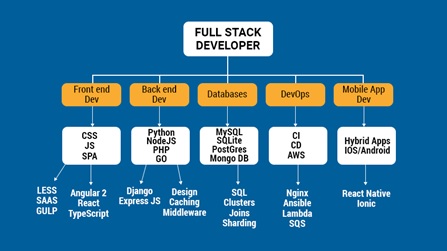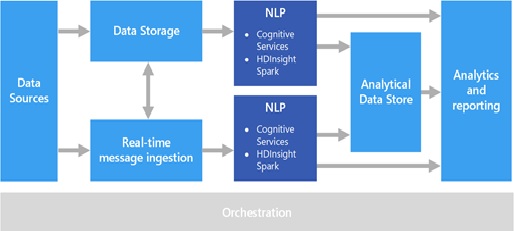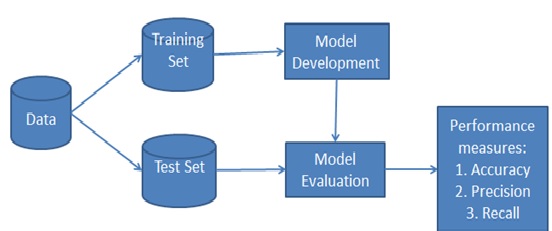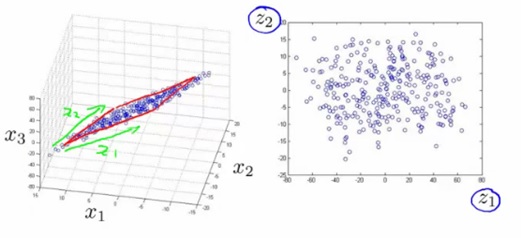Security Trends in Data Centers in 2021

Data center security is an ongoing challenge for virtually every modern organization. Companies of all sizes must discover strategies to protect their data, regardless of where it is housed. Organizational desire to implement appropriate data centre security measures is fueled by an increasingly complicated approach to data management and growing cybercrime activity.
Data Center Security Today
Data centre security is a broad phrase that refers to a variety of security techniques and technologies, such as firewalls and anti-malware solutions, that are aimed at defending data centres against threats, assaults, and illegal access.
Protection and recovery from physical data centre infrastructure damage, such as natural catastrophes and physical break-ins, are also part of data centre security.
Trends in Data Center Security
Social engineering security is becoming more commonplace for data centers
A third data centre security priority, in addition to digital and physical security, has emerged: social engineering security. This section focuses on user education on proper security practises, which can assist companies avoid phishing and spear-phishing attacks [1].
According to the FBI, phishing scams were the most frequent cybercrime in 2020, with instances nearly tripling in frequency from 2019. In 2020, the FBI received 11 times as many phishing reports as it did in 2016.
Data Center Security spending is on the rise
According to Gartner, the worldwide data centre security industry will reach $200 billion by the end of 2021, an increase of 6% year over year.
While the data centre security sector witnessed a COVID-19-related slowdown in 2020, particularly in terms of infrastructure expenditure, Gartner forecasts spending in this area to more than recover in the next years.
Increased automation adoption will improve data center security operations
Before the COVID-19 outbreak, automation was on the increase in corporate operations in general, but in the aftermath, many businesses have expedited automation adoption for data centre protection. Organizations must become less reliant on human involvement to keep operations running smoothly during unforeseen situations.
Autonomous systems are smarter than they were in the past, and they can undertake more precise, time-consuming jobs. Automation and robots are increasingly being used by businesses to manage operations such as application distribution, scheduling, and workflow automation [2].
According to the data centre professional membership group AFCOM and Data Center World's joint survey, "2021 State of the Data Center Industry," 40% of respondents indicated they expected to employ robots and automation to monitor and manage their data centres during the next three years.
The nature of data center security threats are changing
Cybercriminals are particularly interested in data centres. After all, these facilities include sensitive proprietary data and, in many cases, personally identifiable information (PII) that is subject to a variety of business and government laws. For a would-be cybercriminal, breaching a data centre may be a gold mine [3].
Cybercriminals have deliberately targeted data centre infrastructure, making ransomware a rising danger to data centre operations. When South Korean hosting firm Nayana was hacked in 2020, for example, hundreds of hosted client websites were forced offline for many weeks, and the business was unable to restore all impacted sites even after paying a ransom of USD $1 million [4].
In September 2021, Equinix, one of the world's largest global data centres, suffered a similar attack on their infrastructure. The assailants wanted USD $4.5 million in this lawsuit. Equinix links directly to AWS, Google Cloud, Microsoft Azure, Oracle, and AT & T, thus the situation was particularly alarming.
Cloud and edge computing are changing the scope of data center security
According to IDC, by the end of 2021, 80 percent of businesses will have put in place mechanisms to make the transition to cloud apps and infrastructure “twice as fast” as it was before the COVID-19 epidemic. Edge computing, which is a type of distributed data infrastructure, is also gaining popularity among businesses. According to Omdia, the number of servers deployed at the edge will quadruple to 4.7 million by 2024.
Cloud and edge computing provide new difficulties for data centre security. Larger expenditures are being made in specific software tools that target data held in these places by businesses.
References:
- https://datacenterfrontier.com/eight-trends-that-will-shape-the-data-center-industry-in-2021/
- https://www.thesagenext.com/blog/technology-trends-transforming-data-centers/
- https://www.datacenters.com/news
- 4 C. S. Young, “Data Centers: A Concentration of Information Security Risk,” Information Security Science, pp. 339–357, 2016.
Cite this article:
C. V. Harry (2021), Security Trends in Data Centers in 2021, pp. 2





